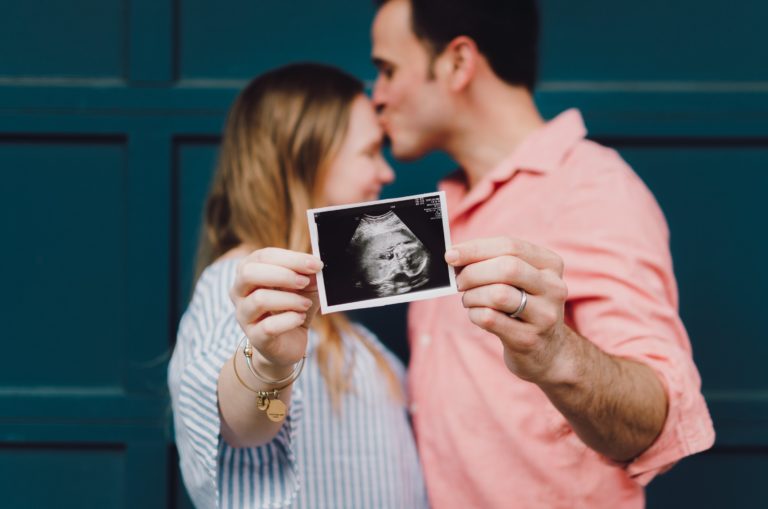
During the pregnancy period unique inflammatory and immune changes alter the maternal gut function and microbiota composition as the pregnancy advances. The pregnant woman’s gut microbiota undergoes significant changes throughout the period of pregnancy. During the first trimester, gut microbiota is similar to that of non-pregnant women, but the composition and structure is dramatically altered over the course of pregnancy especially in the third trimester (1,3). These changes are characterized by a significant depletion in the level of short chain fatty acid bacteria with anti-inflammatory activities, which is depleted in metabolic syndrome (2). This alteration contributes to the changes in the host immunologic and metabolic function, resembling changes seen in metabolic syndrome such as weight gain and insulin resistance. However, unlike metabolic syndrome, the change in the gut microbiota composition during the third trimester has a positive and important effect on pregnancy and contributes to the women’s healthy and fetus growth and development. For example, gut microbiota plays a vital role in weight gain during pregnancy through enhanced absorption of fatty acids and glucose and increase fasting-induced adipocyte factor secretion. Weight gain in pregnancy is important to provide the essential needs of the growing fetus (1).
Pregnancy is also associated with a dramatic hormonal alteration resulting in unique inflammatory and immune changes that alter the composition and function of gut microbiota. Specific metabolic hormones such as insulin, gastric inhibitory polypeptide and adipokines were found to be associated with alteration in gut microbiota abundance among overweight and obese pregnant women. Additionally, estrogen and progesterone affect the composition of the gut microbiota through their impact on microbiota growth and metabolism. For example, pregnant women might become susceptible to Listeria Monocytogenes infection due to elevated level of estrogen and progesterone leading to adverse pregnancy outcomes, such as preterm birth or stillbirth (3).
Keywords: Microbiota, pregnancy, gut microbiota, vaginal microbiota
References:


This website and the information it contains is not intended as a substitute for professional consultation with a qualified practitioner.
© MothersBabies Ltd. View our Terms of Use & Privacy Policy
Search MothersBabies
Looking for something in particular? Find it here using our search query function. Simply type in your keyword and click the icon.
Recent Articles






Join Us